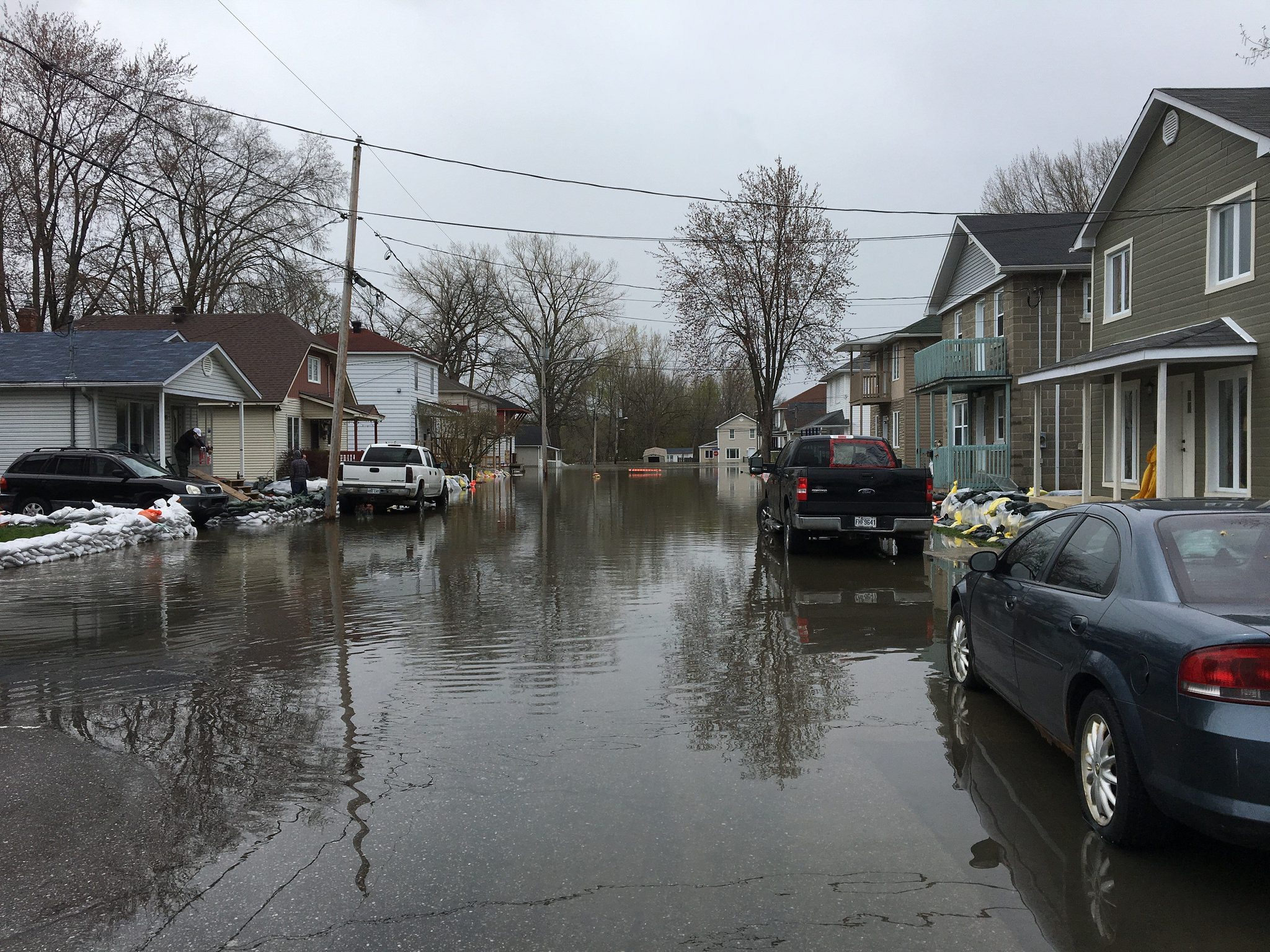Next year, the Canada Energy Regulator, is poised to release a net-zero modeling in their Energy Futures report. This will be the first time that the CER will model a net-zero scenario, which is a big deal, since the models showcased in the Energy Futures report are used for decision-making by the governments and private sectors. This report is used by federal and provincial governments developing public policy, energy companies making decisions about future directions, and investors trying to figure out where to put their money.
To date, the CER has only modelled a suite of scenarios that imply the Paris Agreement’s goals will not be met, where the world does too little to reduce its production and consumption of oil, gas and coal, and where Canada’s climate policies lack ambition and fail to achieve net-zero emissions by 2050. Unfortunately these energy scenarios become a self-fulfilling prophecy: the CER misdirects investment into fossil fuels, which in turn locks in the dangerously high levels of fossil fuel demand and supply that its scenarios project.
If the net-zero scenario is modelled correctly, in accordance with the Paris Agreement, it can also help Canadian businesses assess climate risk associated with their financial investments and plan for a just transition.
Last month, The International Energy Agency (IEA), a global group of energy experts, for the second year in a row showed that there is no room for more fossil fuels in a future that is safe and just for all. In their World Energy Outlook (WEO) 2022 report, the IEA modelled a net-zero scenario aligned with the goals of the Paris Agreement and found, to no one’s surprise, that the world needs to move on from fossil fuels and do it quickly.
For the first time ever, all three scenarios modelled in the World Energy Outlook report show that the demand for all fossil fuels – including fossil gas – will either plateau or decline in the coming years. Coming from an organization that has historic ties to the oil and gas industry, this is a message that needs to be heeded. For Canada, which recently supported the phase out of all unabated fossil fuels at COP27 and has a goal of achieving net-zero by 2050, it means that the findings of this year’s WEO report is a signal that Canada is getting on the right track but needs to up the ante.
Canada isn’t the only country that has communicated support for some form of fossil fuel phase out. Over 80 countries, including the USA, UK, Norway and India, vocalized their support for fossil fuel phase out at COP 27. This makes sense: fossil fuels are the largest contributors to climate change and there are clear alternatives available. Renewable sources of energy are increasing in momentum due to their low-cost and effectiveness at mitigating climate change.
However, more needs to be done. The IEA states that for the world to be aligned with a climate-safe future, there needs to be significant scaling back in the production of fossil fuels and a simultaneous scaling up in investments in renewables.
With the upcoming net-zero model, the CER will have an opportunity to align itself with the findings of the IEA, and offer a pathway to government officials and businesses that can encourage investments in clean, renewable energy and a shift away from fossil fuels.








